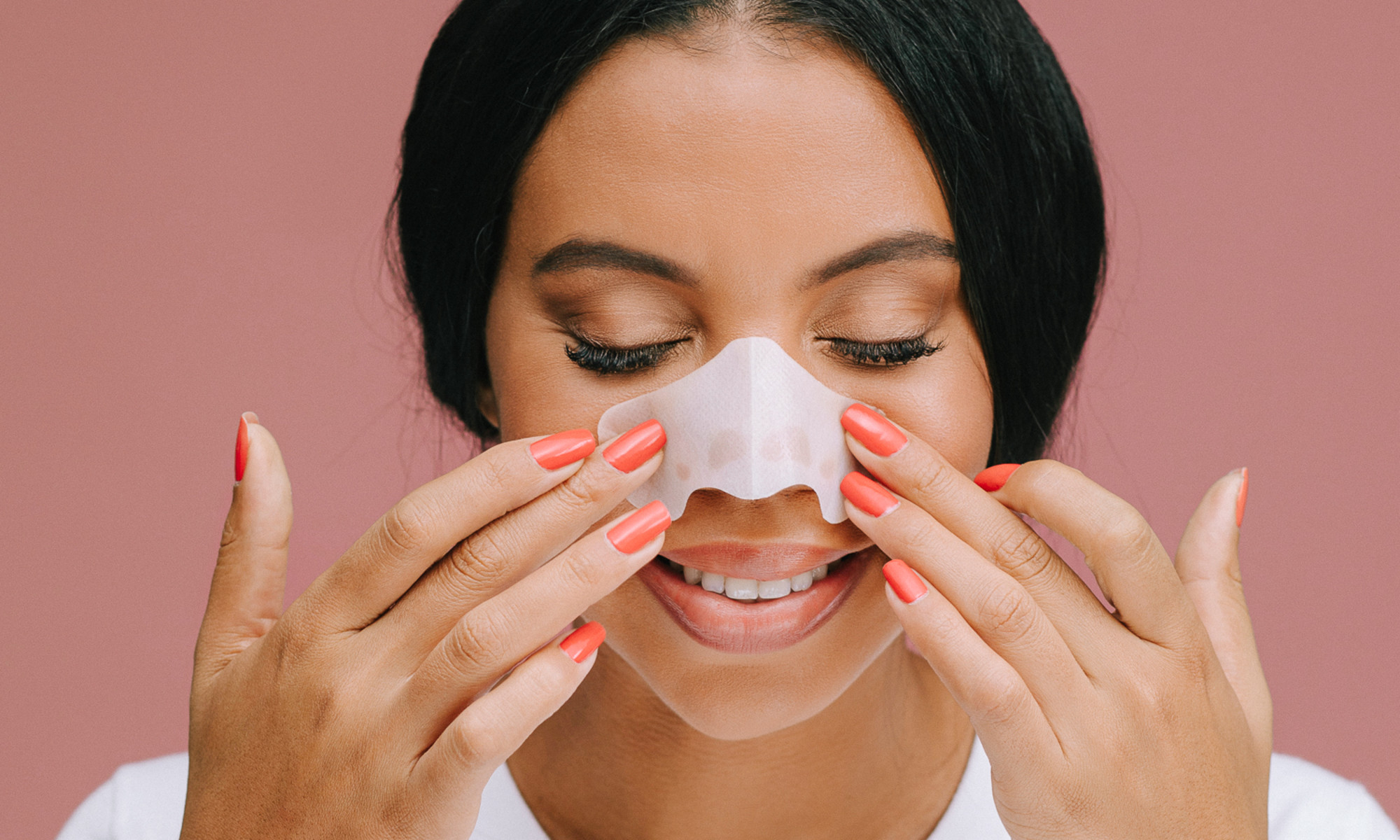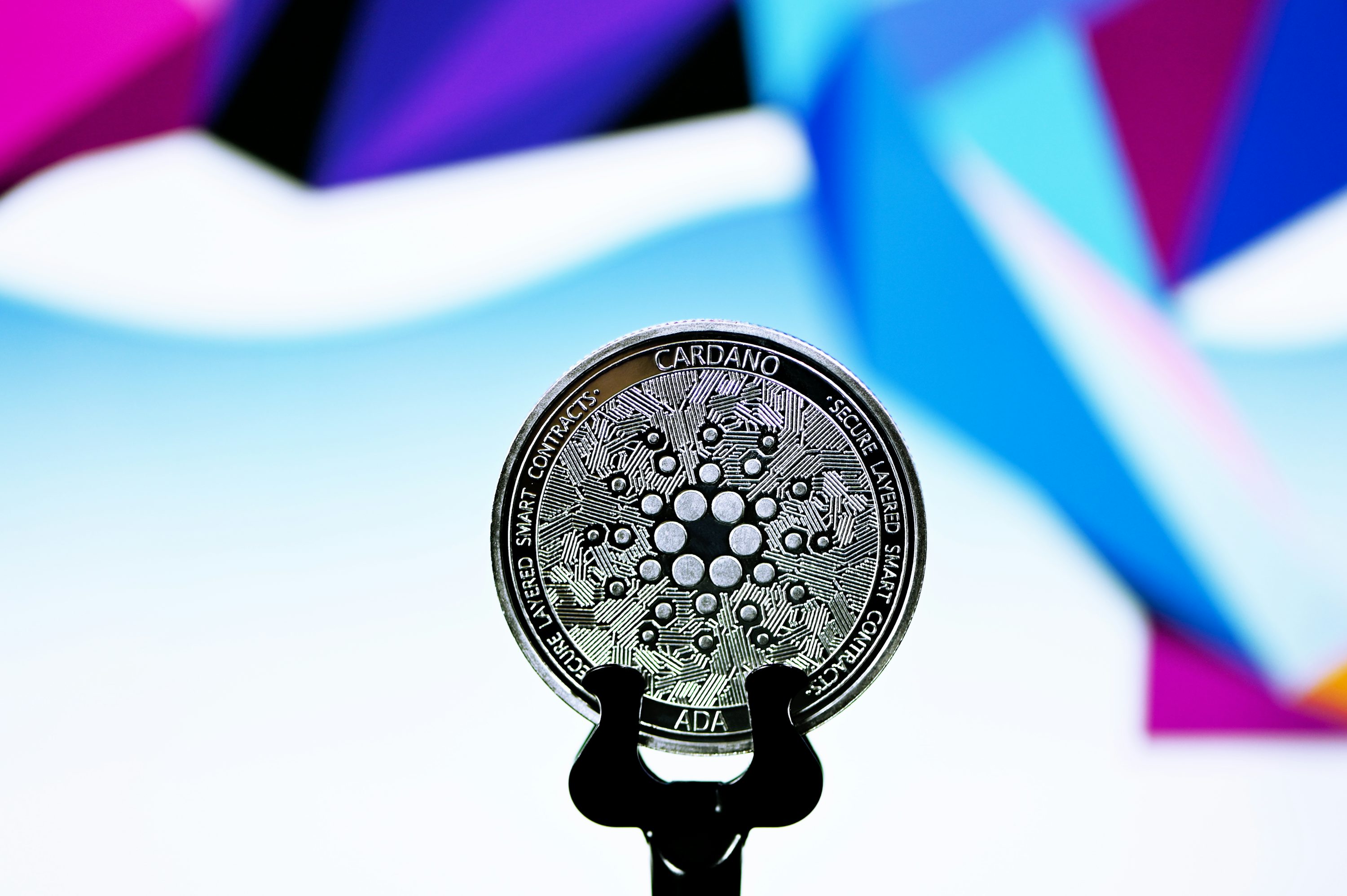You Might Want To Think Twice Before Making A DIY Pore Strip, Experts Say
Thank us later.


Former Senior Beauty & Lifestyle Editor
Former Senior Beauty & Lifestyle Editor
Jamie Schneider is the former Senior Beauty Editor at mindbodygreen. She has a B.A. in Organizational Studies and English from the University of Michigan, and her work has appeared in Coveteur, The Chill Times, and Wyld Skincare.
Image by Ani Dimi / Stocksy October 25, 2024 We carefully vet all products and services featured on mindbodygreen using our Our selections are never influenced by the commissions earned from our links. If you're a clean beauty fan, perhaps you've been itching to try DIY. It makes sense: Many natural products contain ingredients you can source from your kitchen, anyway. However, there are some ventures that experts say you shouldn't do yourself. One that particularly garners a groan: DIY pore strips. You may have seen them peppered among newsfeeds, before-and-after photos and all, but experts say you probably should hold off on this one.
Why you shouldn't DIY a pore strip
First, a note on pore strips: Even store-bought strips can be, well, stripping. As board-certified dermatologist Hadley King, M.D., has previously told mbg, they can cause irritation if you're not super careful. "The adhesive can traumatize the skin, so be sure to use them carefully and follow the instructions," she says. And sure, peeling off a pore strip might feel pretty satisfying, but they don't actually do anything to stop those blackheads from dusting your nose. "Pore strips can temporarily remove top layers of dead skin cells, but they won't do anything to prevent the buildup of blackheads," King adds. (To get to the root of those plugs, a good exfoliation routine is your best bet).
Nonetheless, we realize pore strips can temporarily remove the surface layer of blackheads, a short-term relief for those pesky plugs, which is why some people have taken matters into their own hands (especially now, when it's a touch more difficult to take a trip to the drugstore as soon as you notice a cluster of blackheads) to create their own adhesive strips. From a simple Google search, things like xanthan gum, gelatin, even glue (shudder) have been touted as effective pore strips.
But, according to Marisa Plescia, research scientist at clean beauty e-tailer NakedPoppy, these common DIY ingredients can do way more harm than good. "They can be quite irritating, and they are not great for the skin, bordering on unsafe," she says. Why? They can contain harsh ingredients (especially that tub of paste), which can cause an irritating reaction when applied to the skin. Plus, these agents might harden too much, ripping the delicate skin if you pull too harshly.
What about gentler options?
Take a closer look at DIY pore strip hacks, and you might find some options with more approachable ingredients, like honey, egg whites, and lemon. Well, according to Plescia, those gentler ingredients, while less irritating on the skin, don't necessarily work too well. Take the popular egg white and paper towel trick, for example: It takes layers upon layers for the whipped egg whites to even harden on your skin, and even then, the towel doesn't seem to stick. When you pull off the "adhesive," not much debris tends to go with it. Gentle? Sure. But effective? Not so much.
Same goes for honey: You might have seen people simmering some sugar, lemon, and honey, then slathering it on and letting it harden for a bit before peeling (similar to how a sugaring paste works).
While honey is a great exfoliating ingredient, it might not effectively remove the top layer of dead skin as you'd hope. And again, you never know if peeling off the impromptu pore strip is too harsh on the delicate skin. You'd be much better off applying a honey face mask, letting the gentle chemical exfoliant do its job under the skin's surface.
The takeaway
While there's no shortage of home-friendly beauty projects to try, perhaps leave the pore strips to the professionals. As experts will tell you, DIY pore strips fall on a spectrum of sorts: They're either too stripping, or they don't work. Your best bet is to avoid the venture altogether; at the very least, you can avoid the embarrassing derm visit when your DIY pore strip is, um, stuck to the bridge of your nose. Thank us later.

 Tfoso
Tfoso 































